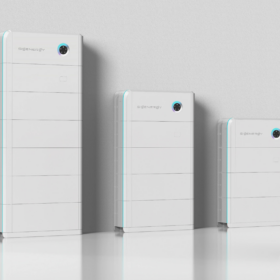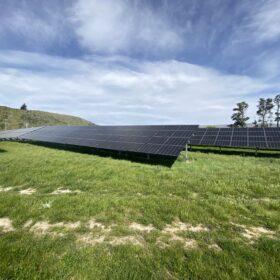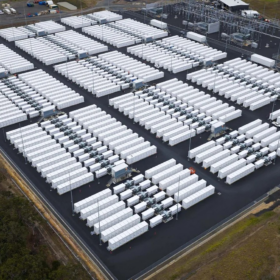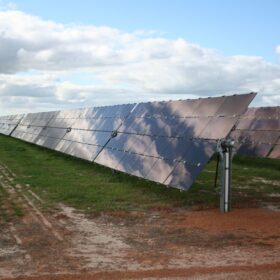Researchers in China have developed a novel localised dust accumulation monitoring technique for distributed PV arrays that relies solely on existing inverter hardware, eliminating the need for additional devices or internet connectivity.
“For distributed PV systems with relatively modest power generation revenues, reliance on extra devices or external services inevitably increases initial investment and extends payback periods,” the team said. “Moreover, these methods often involve complex procedures that are difficult for non-specialists to implement. To address the need for cost-effective and practical dust monitoring, this study proposes a localised monitoring approach.”
The new method leverages the operation of multiple panels within the same local area, enabling the system to consistently distinguish dust accumulation states based on operational data. In this setup, inverters collect and screen relevant data, which are then compressed using an improved differential encoding (DE) scheme applied to voltage, current, and their durations.
A gated recurrent unit (GRU) artificial intelligence model subsequently extracts features and identifies patterns, while a semi-supervised K-means algorithm groups data into clean and dirty clusters using labeled examples. Daily results are aggregated statistically, and when consistent patterns emerge, the system issues a warning. Data collected before and after each cleaning operation are treated as newly labeled instances, updating the sample set for future monitoring.
To evaluate the system, the researchers tested three groups of PV arrays: Group 1 with 230 W polycrystalline silicon panels, seven years in service, 1×13 topology, and a total capacity 2.9 kW; Group 2 with 275 W polycrystalline silicon panels, eight years in service, 2×9 topology, and a total capacity 4.9 kW; and Group 3 with 135 W monocrystalline silicon panels, two years in service, 2×6 topology, and a total capacity 1.6 kW.
All inverters were three-phase full-bridge types with a rated power of 10 kW. Data was collected over 12 days under sunny, cloudy, and overcast conditions, with each PV group tested under four different dust coverage scenarios simulated using plastic films with transmittances of 85%, 72%, and 61%. Out of 302,400 collected data points, 4,139 were retained after screening, with 3,139 used for training and 1,000 reserved for testing.
The system demonstrated an accuracy of 96.5%, slightly lower than the 98% accuracy of reference cloud-edge collaborative approaches.
“The proposed approach achieves low cost, low operational complexity, and high accuracy in dust accumulation monitoring, thereby reducing maintenance and management expenses for distributed PV systems and improving owner profitability,” the team said.
The new approach was described in “Localised dust accumulation monitoring for distributed photovoltaic arrays,” published in Solar Energy. The research team comprised scientists from China’s Shandong University of Science and Technology and Shandong University.
This content is protected by copyright and may not be reused. If you want to cooperate with us and would like to reuse some of our content, please contact: editors@pv-magazine.com.








By submitting this form you agree to pv magazine using your data for the purposes of publishing your comment.
Your personal data will only be disclosed or otherwise transmitted to third parties for the purposes of spam filtering or if this is necessary for technical maintenance of the website. Any other transfer to third parties will not take place unless this is justified on the basis of applicable data protection regulations or if pv magazine is legally obliged to do so.
You may revoke this consent at any time with effect for the future, in which case your personal data will be deleted immediately. Otherwise, your data will be deleted if pv magazine has processed your request or the purpose of data storage is fulfilled.
Further information on data privacy can be found in our Data Protection Policy.